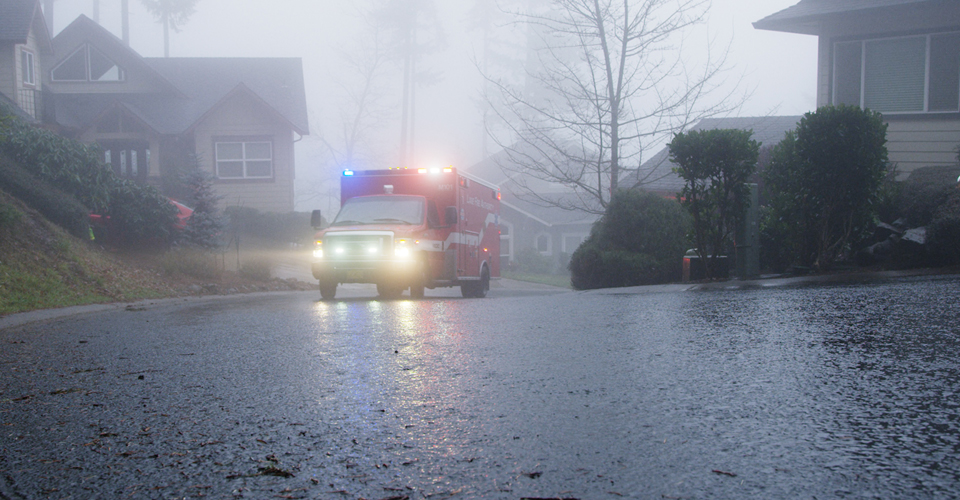May 19-25 is EMS Week, and this year’s theme is “Beyond the Call.” For these everyday heroes, going “above and beyond” is just a part of the job.
EMS Week is the centerpiece of the EMS Strong awareness campaign, which, according to www.emsstrong.org:
“...[S]eeks to celebrate, unify and inspire the men and women of our nation’s emergency medical services. Created by the American College of Emergency Physicians (ACEP) in partnership with the National Association of Emergency Medical Technicians (NAEMT), EMS Strong brings together associations, EMS services, sponsors and national media to honor the dedication of EMS practitioners nationwide.”
Their 2019 theme captures the dedication and commitment at the heart of the EMS provider:
“For many in EMS, the sense of responsibility to care for the community doesn’t end when the shift does. EMS means more than dedication to duty and lifesaving patient care. EMS is also community care that takes time, energy and heart—far beyond the scope of your everyday calling.”
At HSI, we’re proud to support our EMS systems across the country as they work tirelessly to make our workplaces and communities safer. From all of us, thank you for everything you do!
Best Practices for Training Emergency Care Students on Activating EMS
It’s one of the first lessons in a CPR, AED, and first aid class: the activation of an EMS system by an untrained or minimally trained bystander initiates the process to get professional help and resources to those in need.
If you suspect a medical emergency has occurred, activating EMS by calling 9-1-1 is likely the most important and influential action you can take. Arguably, for most situations, it may be the only action necessary to result in an effective overall response to the problem.
To help build student confidence about getting involved in a medical emergency, instructors should focus on the following concepts in their classes:
-
When in doubt, activate EMS
-
Don’t hang up
-
Even though you’re still on the line with 9-1-1, help is already on the way
-
9-1-1 call-takers can instruct you on what to do
-
Only activate EMS when you suspect an emergency
Get more details in the expanded version of this article, Activating EMS: What Your Students May Not Know, in our May newsletter here.
As with any evolving thing, EMS systems can differ in their capabilities. It is important to share with your students the local features of the systems where they live, work, and travel. Take the time to research this information and integrate it into your training classes.
Calling All ASHI and MEDIC First Aid Instructors: If you enjoy articles with training tips like the ones above, be sure you’re receiving our newsletter! Each issue, we feature strategies and best practices for your classes, in-depth looks at program content, regulatory news, and important administrative information for our ASHI and MEDIC First Aid Training Centers. If you aren’t receiving the newsletter, check that we have your current email in your Otis portal by logging in at the button below. For those blog readers without an Otis account, or if you have previously unsubscribed from our marketing emails, you can sign up for the newsletter at our website here.








.png?width=600&name=HSI-CTA-EmergencyCareTraining%20(1).png)











Comments